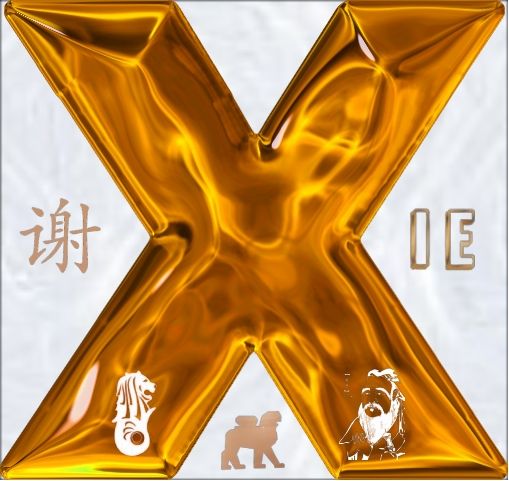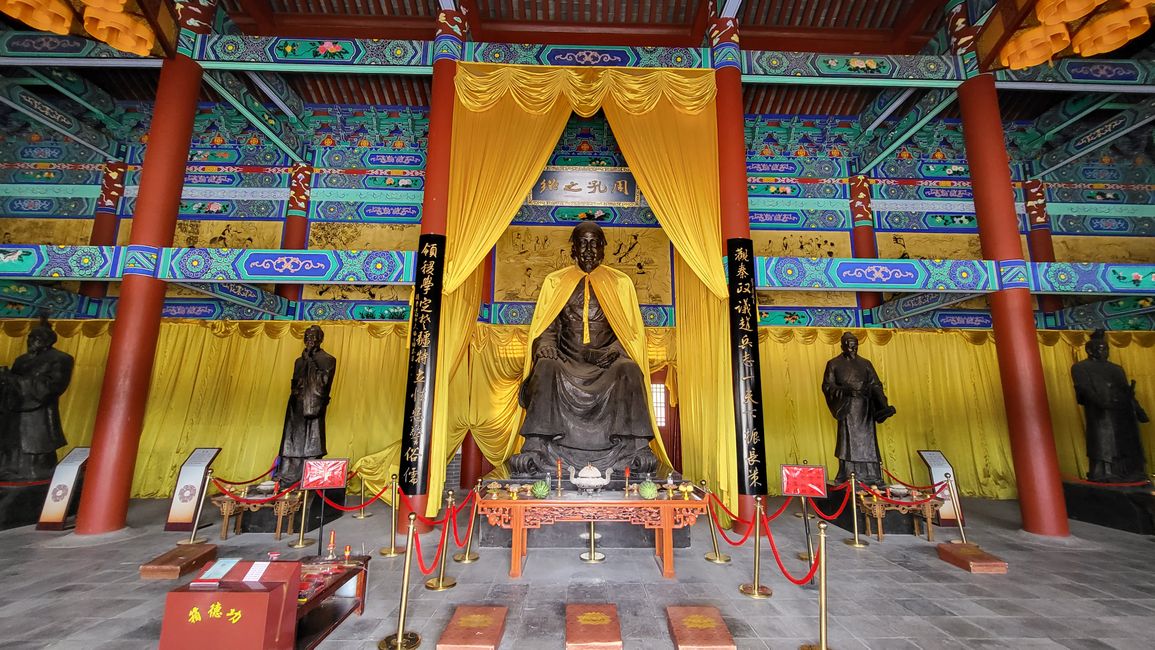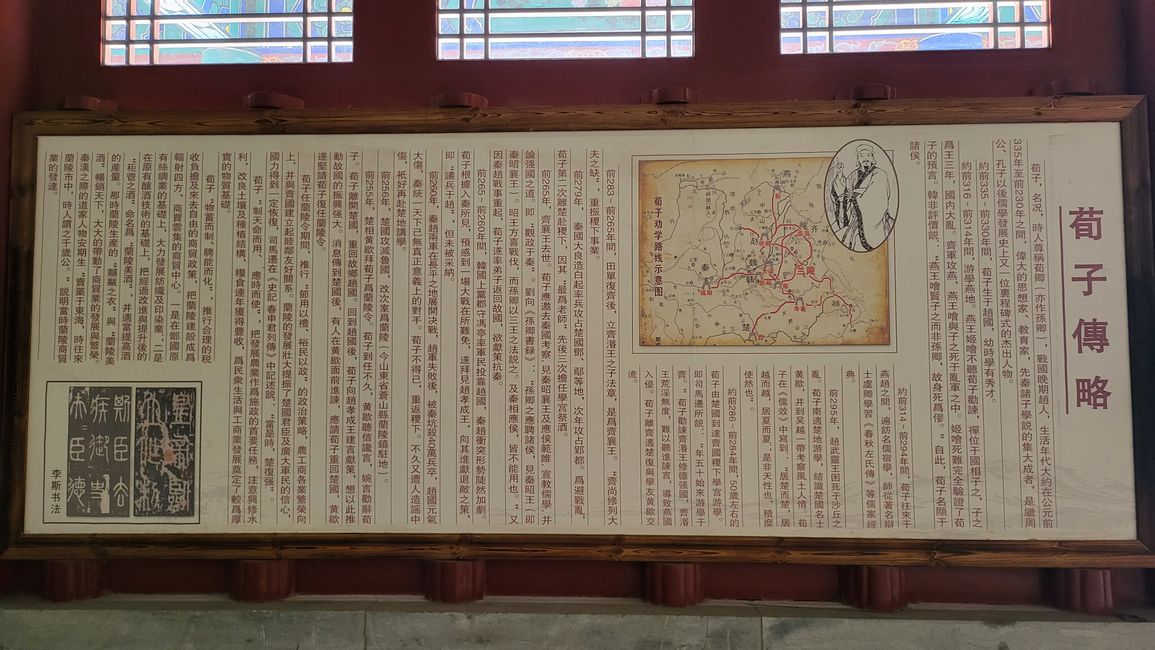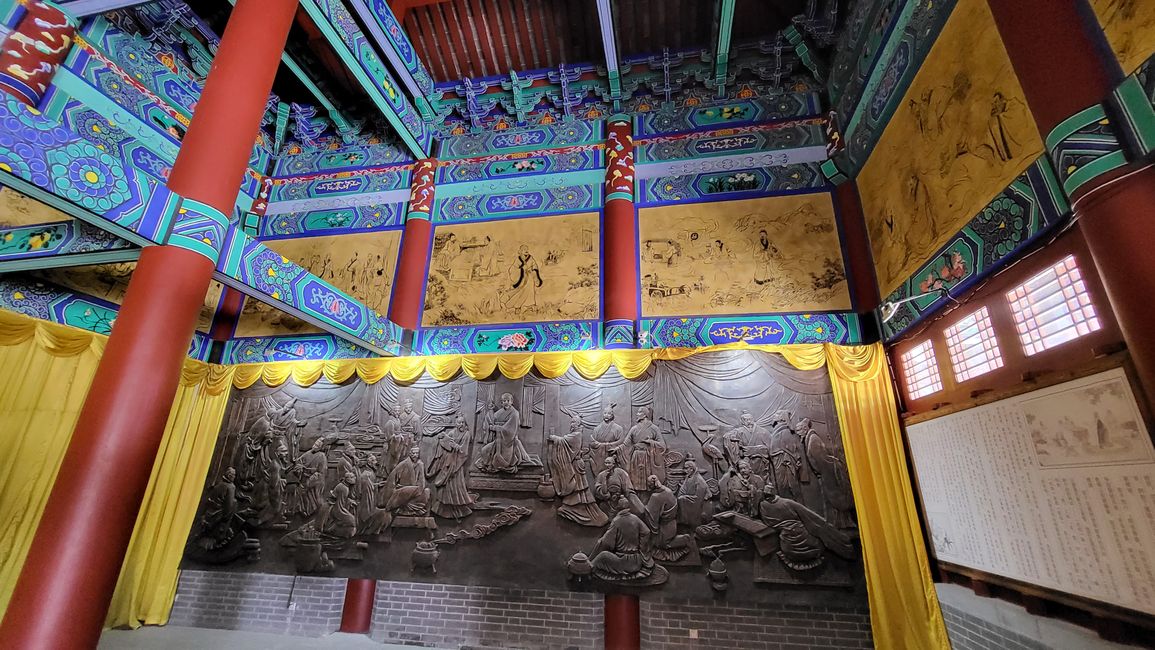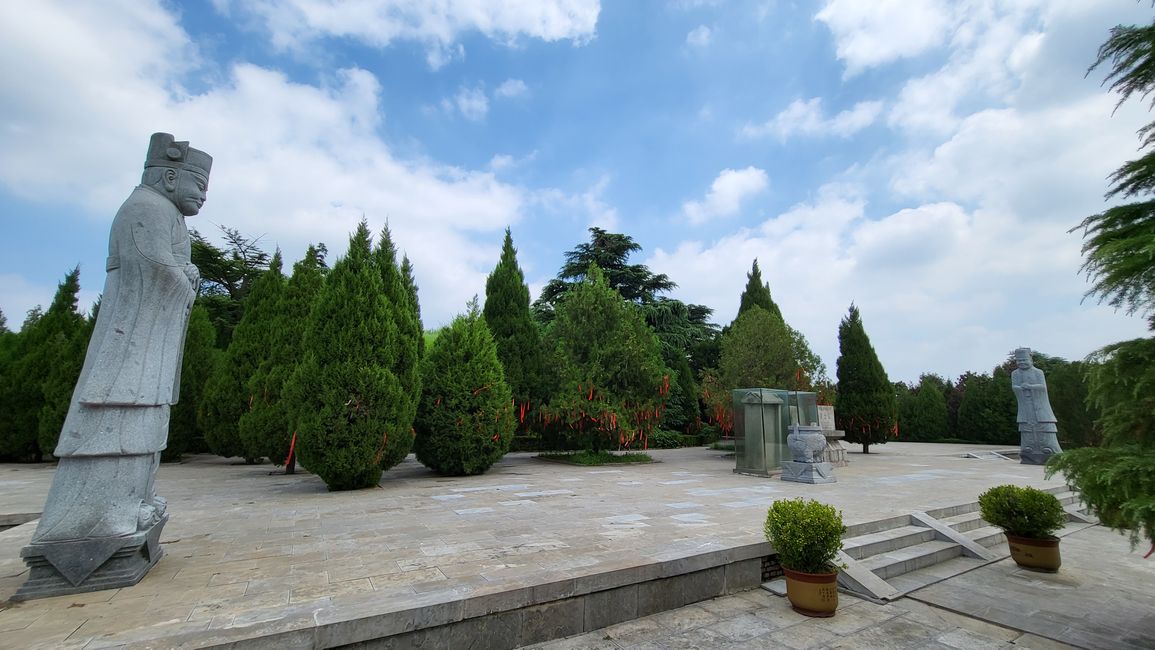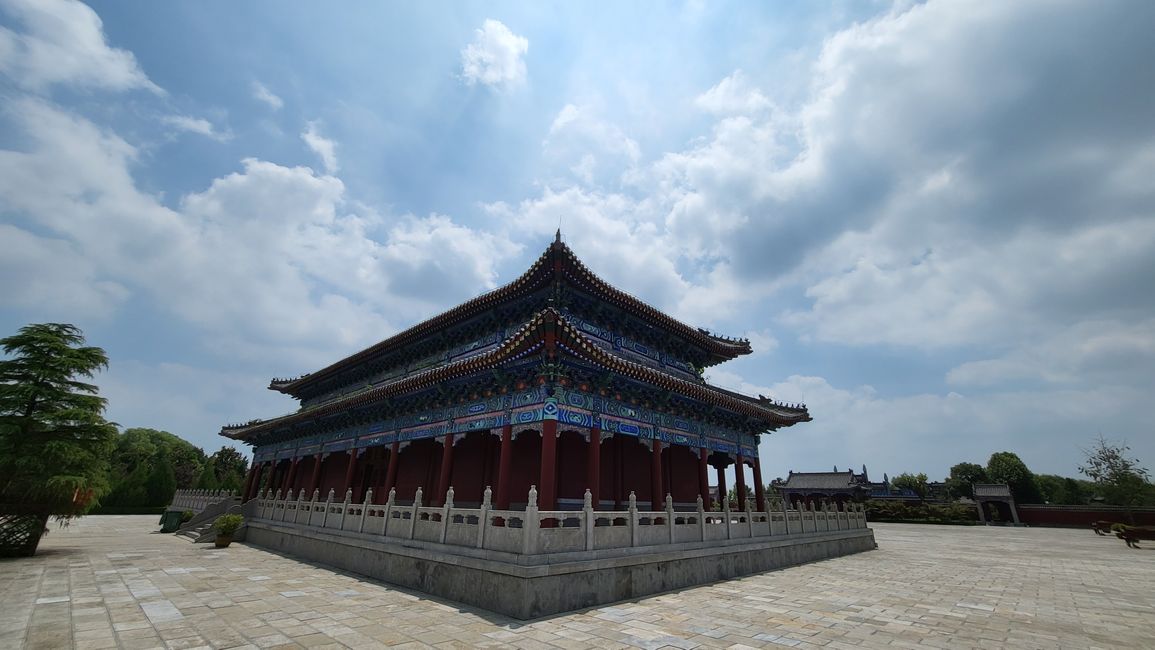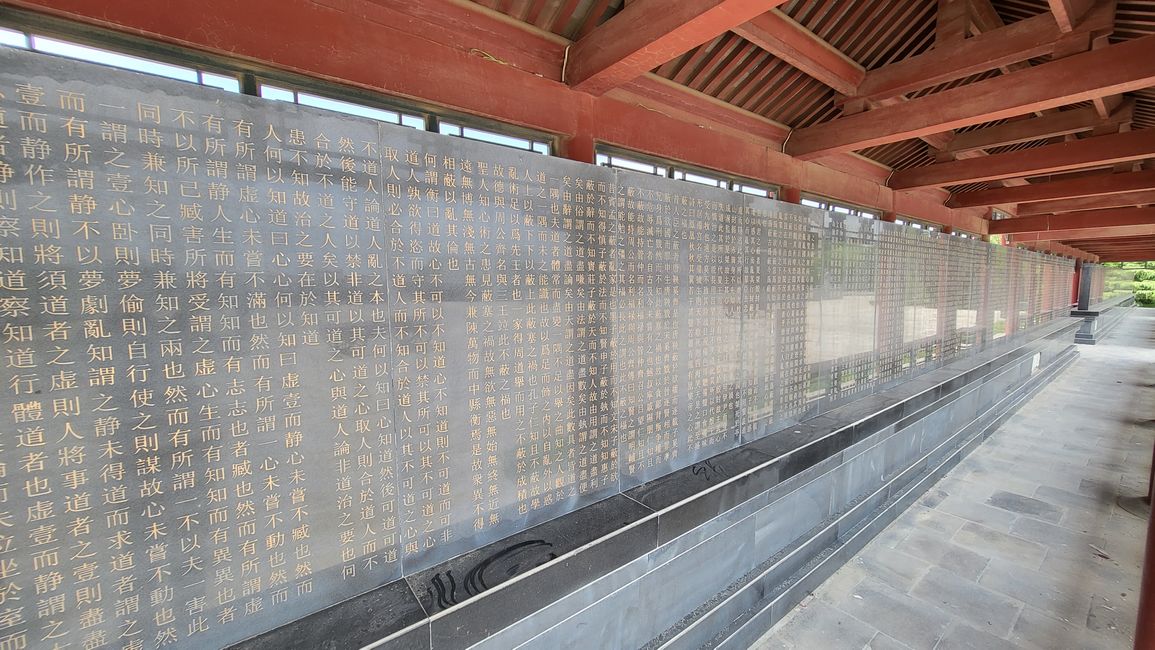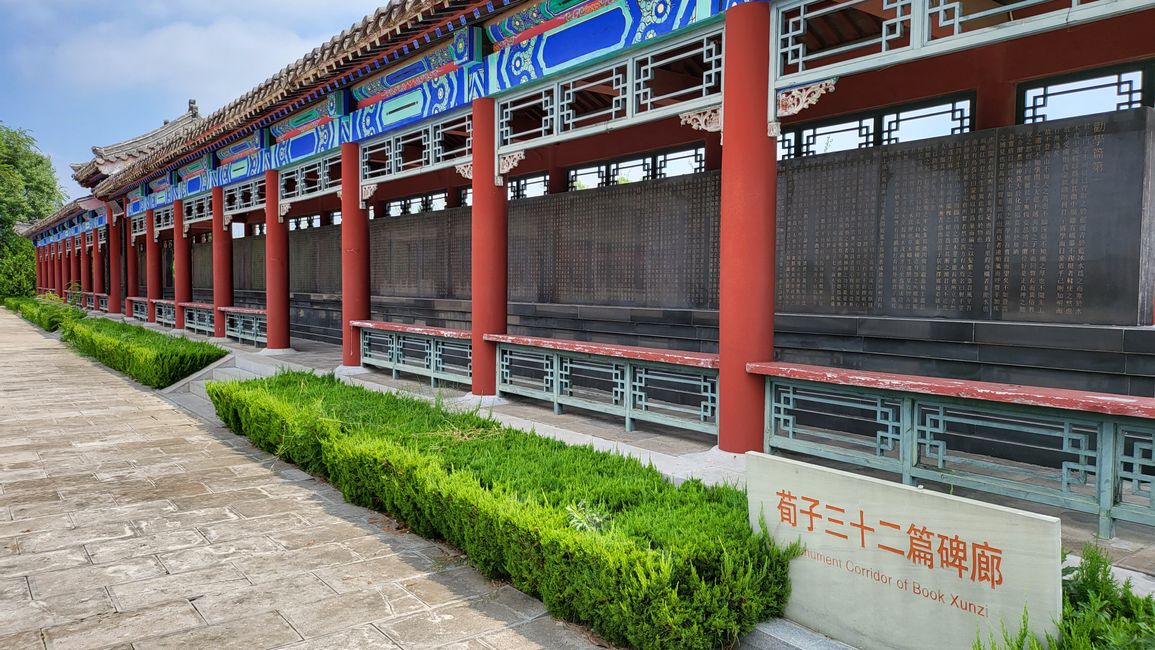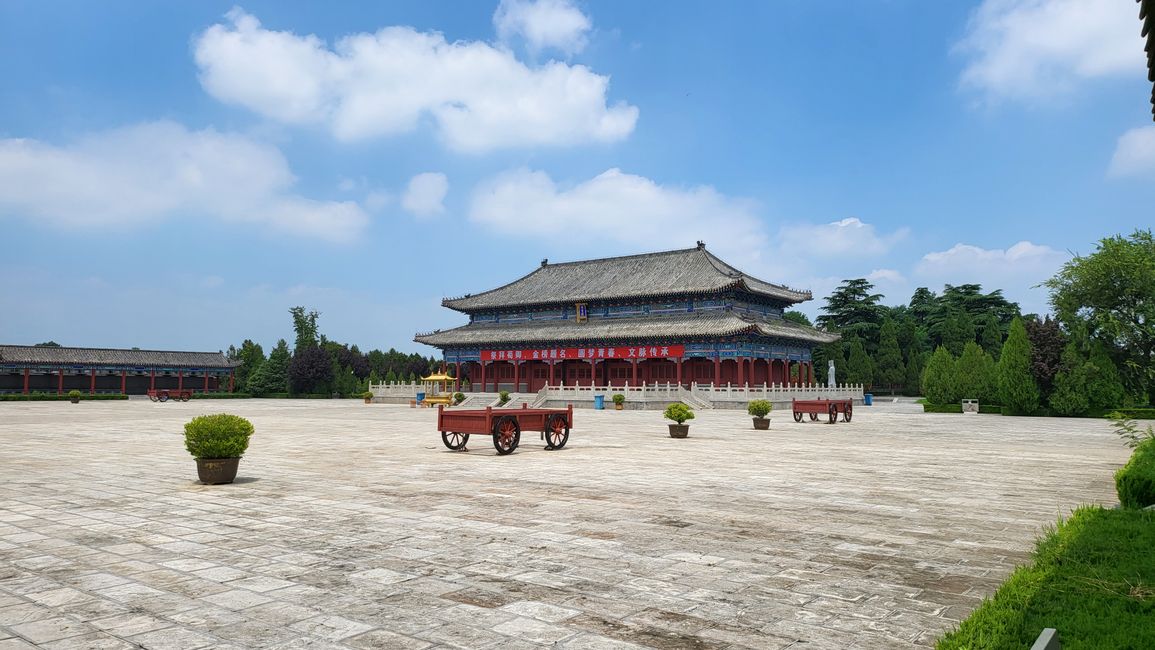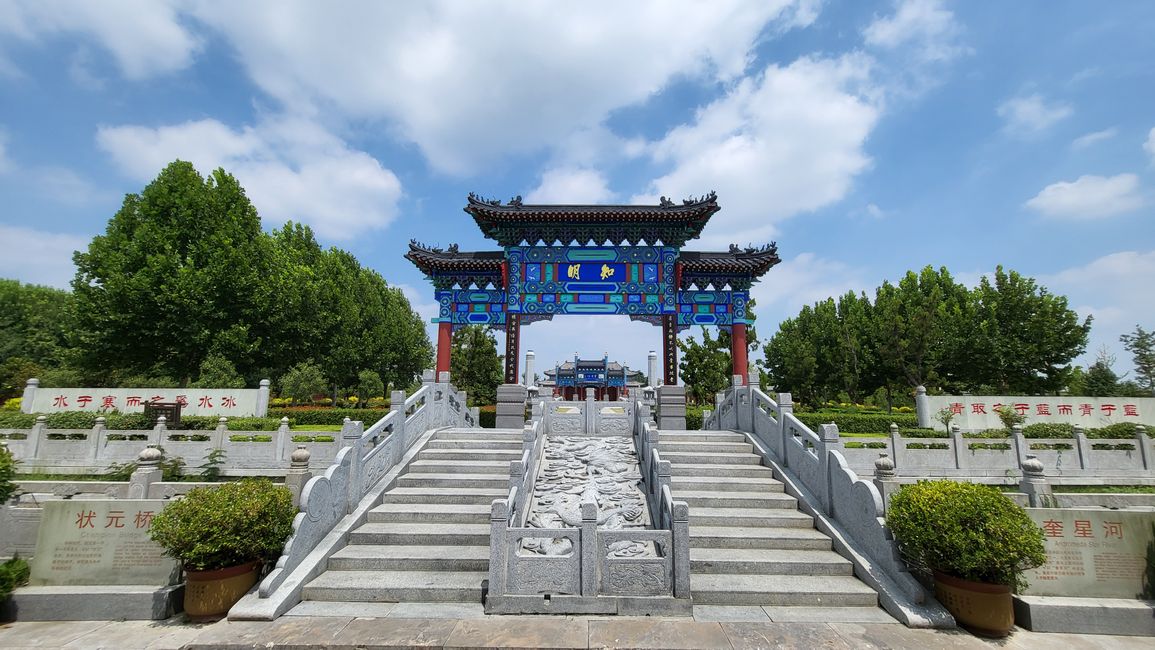Xunzi Mausoleum
ที่ตีพิมพ์: 14.08.2024
The highlight of my trip to China in 2023 was visiting the Xunzi Mausoleum in Lanling. Xunzi (荀子) lived from around 300 BC to 239 BC and was the most significant philosopher of the Confucian school. To me, he is indeed the most important thinker in human history with a profound capacity for insight. His teachings and philosophy of humanity are best suited for explaining and shaping human society, and I have compared and evaluated them against several European and East Asian philosophers and thinkers from both ancient and modern times.
Unfortunately, Xunzi's teachings did not prevail within Confucianism against the populist teachings of Mengzi, although the school of Xunzi – and thus his ideas – have periodically gained significance. By the way, one of Xunzi's students was Han Fei, the conceptualizer of Legalism.
Xunzi's Confucian teachings advocated for a strict education of individuals to foster good character traits and habits, allowing for peaceful coexistence in society while curbing selfishness, disrespect, and greed.
The mausoleum is located a bit away from the city of Lanling. No entrance fee is charged, even though a sign points to an unattended ticket booth. Initially, a few large boards quote Confucian phrases from current politicians: “Not to be disturbed lies in early thinking, not to be poor lies in early planning,” and “If you don't take small steps, you won't cover a thousand miles.”
The corridor with several gates and mythical creatures leads first to the “Winners Bridge,” which is named so because symbolically, all those who visit Xunzi – and therefore engage with his philosophy – are winners and personally benefit from knowledge. In front of the burial mound, there is a gigantic statue of Xunzi. On either side, there are small statues of his most famous students, Han Fei (the aforementioned concept creator of Legalism), Zhang Cang, Li Si, and Fu Qiu Bo. Writings of Xunzi hang on the walls, depicting scenes from his life. Behind the temple, two old gravestones are protected by glass and two statues are placed before his burial mound, which is covered with trees and shrubs. The large square in front of the temple is flanked by covered walkways with long steles on which all 32 chapters, comprising 75,100 words from Xunzi's philosophical masterpiece, are inscribed. It discusses topics like philosophical history, etiquette, politics, economics, education, military, law, ethics, literature, art, science, and technology.
Even though I don't read all the words, I take my time to explore the gravesite and just make it to the exit before the gate closes for lunch. Only two other guests are still looking around, who arrive late at the gate and have to find a sneaky exit at the fence. The woman discreetly takes a selfie such that I – the foreigner – am included in the photo and proudly shows it to her husband. However, we face a larger problem, as our taxi request during lunchtime via the app is not accepted by any driver. They are likely all on their lunch break, or maybe no one wants to drive to the remote Xunzi gravesite in the midday heat. Finally, an employee of the site takes pity on us, retrieves his small electric car, and drives several rounds with the window open in the parking lot to cool it down. Now four of us squeeze into this little toy car, which is definitely overloaded, and the kind employee drives us to the center of Lanling. There we eat at a restaurant, and since no taxi driver seems willing to come from their lunch break, the restaurant owner spontaneously drives us back to Taierzhuang, 30 km away, in his Audi. Wonderful people!
คำตอบ
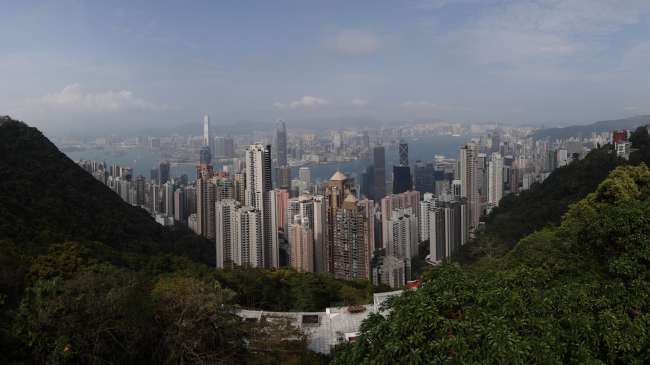
รายงานการเดินทาง จีน

